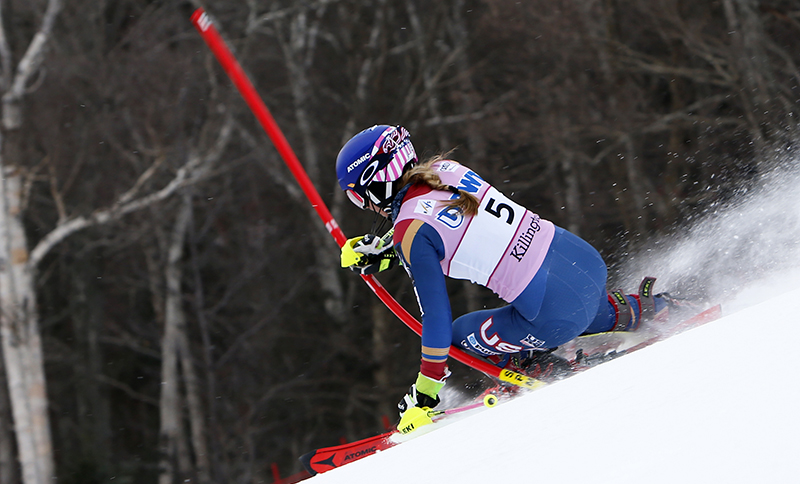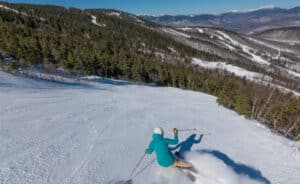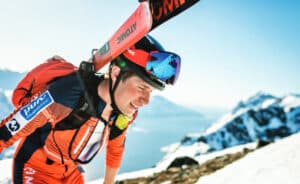
I thought it was slipping away.
It has been a couple of decades now since big-air ski and aerial competitions, colliding snowboarders, double-flipping snowmobiles — with the explosion of gravity-defying trickery on the slopes — made ordinary ski racing look pretty tame by comparison. Yesterday stuff. Popularity slipping away.
Not just technical, but speed events — downhill and super-G — seem rooted in ye goode olde days of long hickory skis and leather boots.
Indeed, the very alpine race format — one skier interminably after another descending the same course, rounding the same gates, racing against the clock — seemed dated. Viewers and spectators seemed to be voting with their eyeballs and would rather be watching almost anything else on snow than alpine racing.



